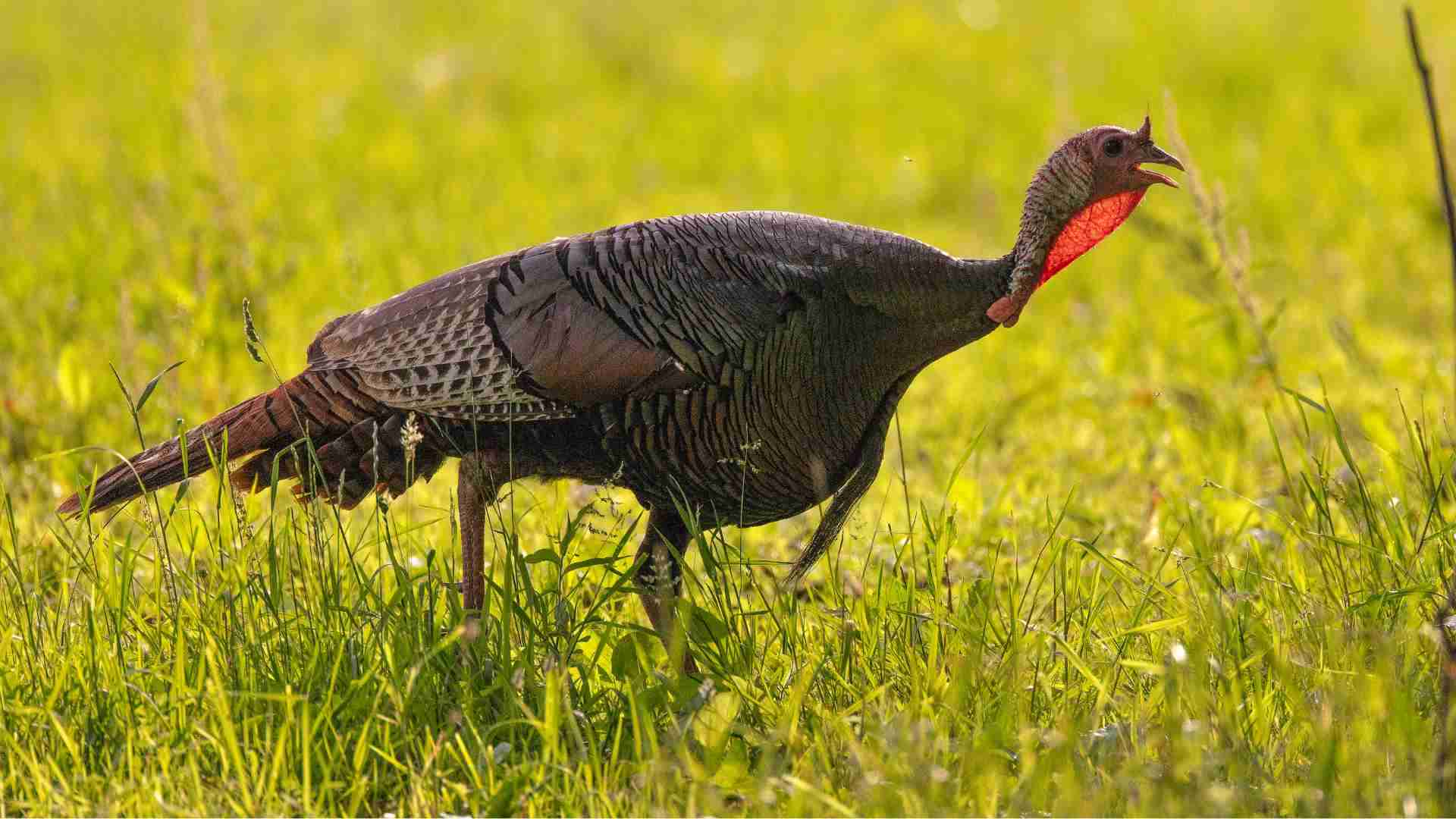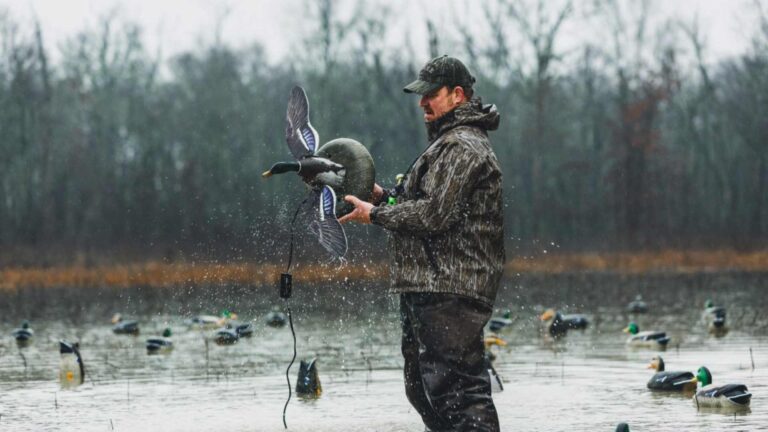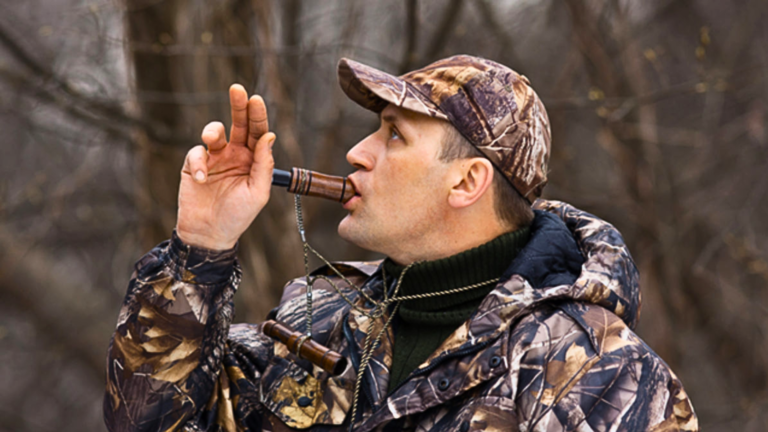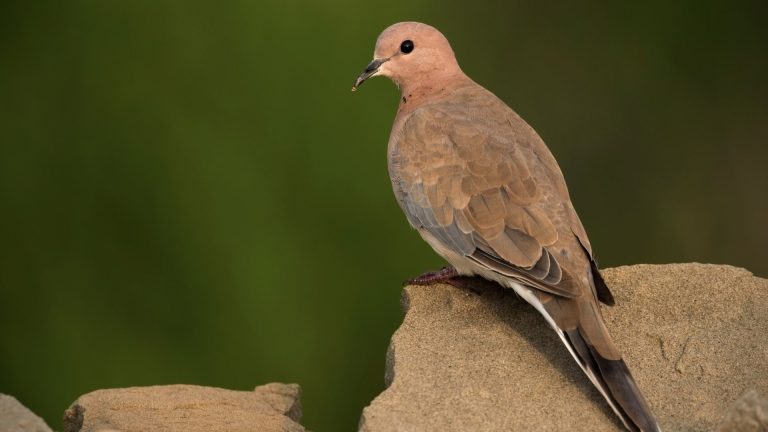5 Common Turkey Hunting Mistakes To Avoid
Turkey hunting is a unique challenge that can leave even the most experienced hunters scratching their heads. If you’re finding it tough to bag that elusive gobbler, don’t worry – you’re not alone.
In this article, we’re breaking down five common reasons why turkey hunting might be giving you a hard time, and we’ll dish out some helpful tips to help you up your game and bring that tom home.
5 Turkey Hunting Mistakes & How to Fix Them
1) Calling Like a Bullhorn
We get it – you’re excited to show off your turkey calling skills. But when it comes to turkey hunting, it’s quality over quantity that matters.
Think of turkey calls as a language, and you’re having a conversation with a tom. Just like in a real chat, interruptions and constant jabbering can be off-putting. Turkeys are naturally cautious, so when you blast out calls nonstop, they might think something’s up.
The Fix: Keep it Conversational
Imagine you’re a hen turkey chatting with a potential mate. You wouldn’t yelp nonstop like a car alarm, right? Instead, you’d pace your calls and let there be pauses.
Start softly, with some inviting yelps and purrs. If you get a response – great! If not, don’t sweat it. Give the turkey a chance to think you’re a real hen, not a turkey-calling robot. And if you’re not hearing gobbles, don’t assume the birds aren’t interested – they might just be coming in quiet!
2) Moving Like a Bull in a China Shop
Here’s the deal – turkeys have eyes like hawks (pun intended). They can spot the tiniest movement from yards away.
Turkeys might not have radar, but their eyesight is legendary. They can spot the slightest movements from hundreds of yards away, and they’re not too keen on sticking around to see what’s causing it.
Even the slightest rustle or glint of sunlight off your gear is enough to set them off.
The Fix: S l o w d o w n
Think of your movement as a slow-motion movie scene. You’re not in a rush, and you’re not trying to break any land-speed records. Slow and steady is the name of the game.
Take a step, pause, scan, and repeat. If you’re changing positions, wait until the turkey is behind a rise or a tree before you make a move.
Oh, and if you’re thinking about standing up when you hear a gobble – don’t.
Turkeys have eyes on the sides of their heads, giving them panoramic vision. If you stand up without cover, they’ll spot you before you even get on your feet.
So, move like a sloth, blend into your surroundings, and let patience guide your steps. It’s a turkey hunt, not a sprint.

3) Camo Matters, But So Does Logic
Let’s be real: full camo isn’t a magical cloak of invisibility. If you’re moving like a startled deer, all the camo in the world won’t help.
The Fix: Keep It Simple and Practical
Camo gear is crucial for turkey hunting, but that doesn’t mean you need a head-to-toe ghillie suit. Dress for the environment – if you’re hunting in a lush forest, you don’t need desert camo.
Stay slow, stay still, and let the camo do its job when you need to move.
Remember, the goal is to look like a natural part of the landscape, not a flashy fashion statement. So, rock the camo, but pair it with some good ol’ logic.
4) You Are Impatient
Ever heard of the phrase “patience is a virtue”? It’s gospel in turkey hunting.
Turkeys might be curious, but they’re in no rush. They’ll take their sweet time moseying over to your calls. If you’re bailing out of your setup after 20 minutes, you’re missing out.
The Fix: Embrace Your Inner Zen Master
When you find a good spot, hunker down and settle in. Turkey hunting requires patience that’s been aged to perfection.
You’ve got to be willing to wait – sometimes for hours.
So, bring a cushion or a stool, get comfortable, and embrace the art of stillness. Remember, every sound you make – every shuffle or sigh – is a red flag to turkeys that says, “Danger!”
Turkeys are in no rush, and neither should you be. Sit tight, take in the scenery, and let patience be your best hunting buddy. The longer you wait, the sweeter the reward.

5) Wrong Decoy Placement
Decoys can be your best friends or your worst enemies.
Turkeys are curious creatures, but they’re not reckless. They like cover and safety. If you’re putting your decoys in plain sight, you’re raising some turkey-sized eyebrows.
The Fix: Strategic Decoy Placement
First off, think like a turkey. Would you stroll out into the open if you were a turkey? Nope. You’d stick to cover and peek out. So, position your decoys where they’re not immediately visible from afar. Tuck them behind some brush or a rise in the terrain.
Variety is the answer. Don’t just plunk down a lone hen decoy. Mix it up with a jake (young male) and a hen. This tells a more realistic story to a gobbler – it’s not just a damsel in distress, but a potential love triangle.
Conclusion
Turkey hunting isn’t just about the hunt; it’s about the dance – the game of wits between you and a wily bird.
If you’re struggling, it’s not because you’re a terrible hunter; it’s because you’re making a few rookie mistakes.
Remember, less is more when it comes to calling, move slow as molasses, blend into the surroundings, practice the ancient art of patience, and set up your decoys like a seasoned pro.
With these fixes, that gobbler won’t stand a chance!
